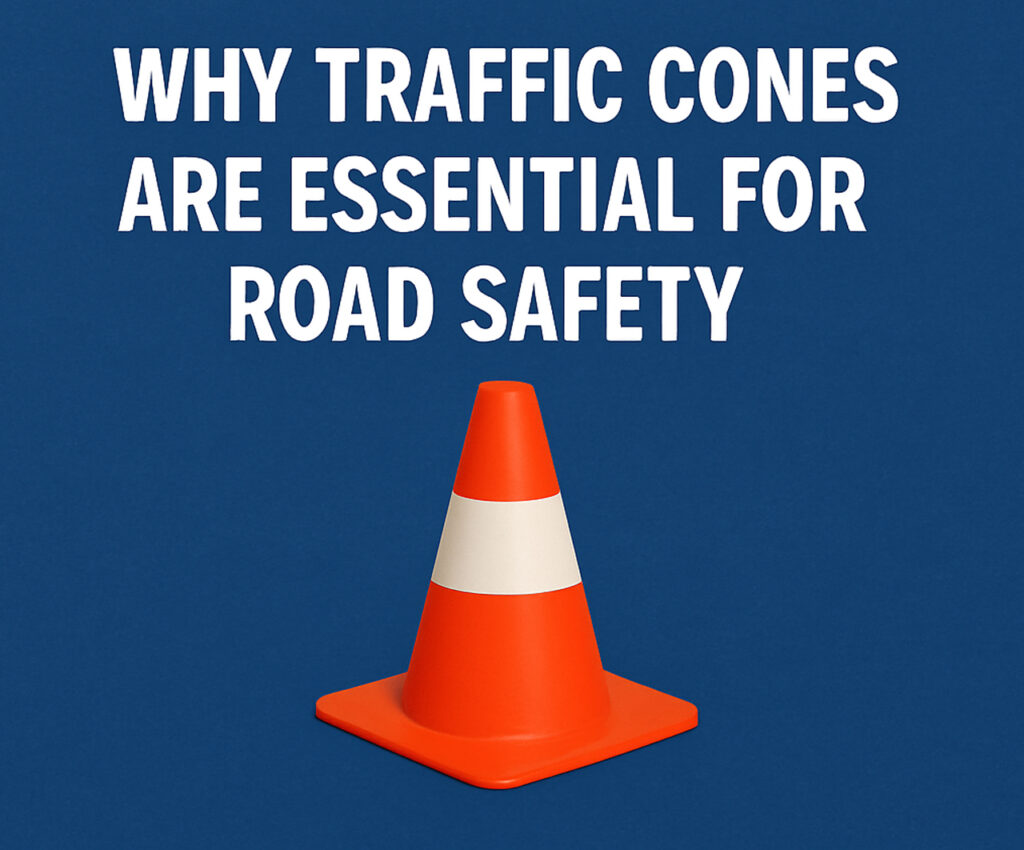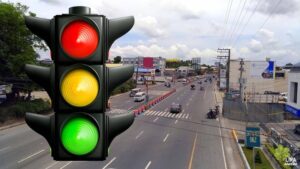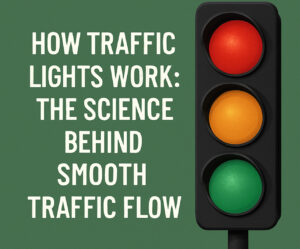In every construction zone, accident site, or roadside emergency, you’ll find one common element standing tall: the traffic cone. Whether it’s a small neighborhood repair or a major highway lane closure, road cones are vital in preventing chaos and protecting lives. These simple tools play a crucial role in how we navigate disruptions on the road. As more cities push for smarter infrastructure and increased driver awareness, traffic safety cones have never been more essential to public safety. Know more..
The Evolution of the Traffic Cone
Believe it or not, the traffic cone wasn’t always an orange plastic sentinel. Its history traces back to 1914 when wooden tripods were used for road hazards. Over time, these evolved into more efficient designs. The modern traffic cone we know today was patented in 1943 by Charles D. Scanlon, a street painter who saw the need for something more durable and visible.
Today, road cones come in a variety of sizes, materials, and reflective enhancements. They’re lightweight, stackable, and engineered for high visibility, especially at night or in poor weather conditions. The evolution from wood to PVC and rubber wasn’t just about convenience—it was about saving lives.
Traffic Cones as Communication Tools
Think of traffic safety cones as a visual language. A line of cones tells drivers where not to go. A tapering pattern signals a lane shift. Clustered cones suggest caution ahead. This visual messaging is instantly understood by drivers across cultures and languages. That kind of universal clarity is rare—and incredibly powerful in a high-speed environment like a highway.
In emergency scenarios, traffic cone placement is often the first step responders take to secure a scene. This quick deployment creates a buffer zone between the hazard and passing traffic, preventing secondary accidents.
Construction Zones and Lane Closures
One of the most common uses of road cones is in construction. When lanes need to close or traffic must be rerouted, cones are laid out to direct vehicles away from work crews. This is not just about guiding traffic—it’s a life-saving system. Road construction is one of the most dangerous jobs in the country. A barrier of traffic safety cones provides a crucial layer of separation between workers and multi-ton vehicles moving at high speeds.
Regulations often require that traffic cone placement follow specific distances, depending on the speed limit and type of road. These guidelines ensure that drivers have enough time to slow down, change lanes, or stop entirely.
Pedestrian Safety and Crowd Control
It’s not just drivers who benefit from traffic safety cones. Pedestrians are often guided through or around hazards using road cones. Whether it’s a sidewalk repair, a public event, or a parking lot with limited visibility, cones mark safe walking paths. This helps prevent accidents before they happen.
In crowded spaces like sports arenas or festivals, traffic cone setups can be used to direct foot traffic and reduce congestion. Their bright color and physical presence make them hard to ignore.
Schools, Parking Lots, and Temporary Hazards
You’ll find traffic safety cones in more places than just highways and city streets. Schools use them to mark pickup zones or restricted areas during events. Businesses place them around spills or damaged areas in parking lots. Airports rely on road cones to guide vehicles on the tarmac or block off maintenance zones.
These temporary uses are just as critical as permanent signage. When a situation changes quickly, like a sudden ice patch or a downed power line, traffic cone deployment is one of the fastest ways to alert people to danger.
Visibility Saves Lives
The unmistakable orange color of the traffic cone isn’t just for aesthetics. It’s a color that the human eye registers quickly, even from a distance. Many road cones are also equipped with reflective collars or LED lights for nighttime use.
This emphasis on visibility is especially important in low-light or high-speed conditions. A driver traveling at 70 mph needs several seconds to register a hazard and respond accordingly. A well-placed traffic safety cone setup provides that window of reaction time.
Cost-Effective and Reliable
When it comes to traffic control, simplicity often beats complexity. Traffic safety cones are relatively inexpensive compared to permanent signs or barriers. They can be deployed by a single person, reused many times, and easily stored when not in use.
And yet, their impact is profound. For a minimal investment, municipalities, contractors, and even private citizens get a flexible, effective safety tool that has stood the test of time.
The Role of Traffic Cones in Smart Infrastructure
As cities modernize, many are turning to smart technology to manage traffic. But even in a world of sensors, drones, and automated vehicles, the humble traffic cone still has a role to play. In fact, some new road cones are being designed with embedded chips that can communicate their location to traffic management systems.
This integration allows for real-time updates to navigation apps and digital signs. Drivers will get alerts about hazards before they even see the traffic safety cones ahead. It’s a powerful blend of analog simplicity and digital intelligence.
Training and Proper Use
Like any safety tool, traffic cone effectiveness depends on correct usage. Improper placement can confuse drivers or create more danger. That’s why training is essential for anyone tasked with deploying road cones.
Courses in traffic control often include modules on cone tapering, buffer zones, and spacing based on traffic speed. It’s not just about dropping cones on the pavement—it’s about building a temporary but effective traffic system.
Conclusion: Small Tools, Big Impact
Traffic safety cones might seem mundane, but they play an outsized role in keeping roads safer. From guiding drivers through construction to protecting pedestrians, from alerting to sudden hazards to integrating into smart city systems, the traffic cone proves its value again and again.
In the big picture of road safety, technology will keep evolving. But no matter how advanced our systems become, there will always be a place for a bright orange traffic cone marking the boundary between danger and safety.





